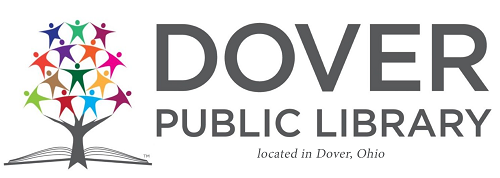I have to admit that when it comes to DNA testing for genealogy, I am no expert. I once sat through a class on the subject that made my eyes glaze over as the instructor tried to cram a complete undergraduate degree in genetics into 45 minutes. It was great because I am the type of person who wants to know exactly how something works, down to the last detail, but there is a LOT that goes into the study of genetics and inheritance. Having a science background helped, but if you are someone who doesn’t have that prior knowledge, there are many resources out there on the ever expanding web for you to explore DNA testing. I will try to boil down the essentials of what it is and what you can learn from the test.
First of all, a DNA test is not the golden ticket that will automatically fill in your family tree and break down your brick walls. In fact, it may even leave you with more questions than answers. But if you are willing to put in the work, DNA testing is a useful tool that can help you in conjunction with traditional research methods.
For non-science majors, you need to know that what is generally tested is “Autosomal DNA,” or everything but the x’s and y’s. FamilyTree Magazine has a pretty great definition of the Autosomal DNA test: “An autosomal DNA test analyzes the 22 pairs of non-sex chromosomes that make up your genetic composition. These tests can tell you about both sides of your family, confirm living relatives and can even include a predicted relationship. They often include a ‘biogeographical estimate,’ which means they can estimate your ethnicity by comparing your DNA to reference populations of people in a particular location for hundreds or thousands of years. Tests can be taken by both men and women, and are offered by companies such as 23andMe, AncestryDNA and Family Tree DNA.”
So when you are talking about going back several generations, the key word to remember here is estimate: they can give you an idea of where your ancestors come from based on their best comparison matches, but you have to take the results with a grain of salt. It will take diligence in research on your part to turn their estimates into fact. Why so uncertain? Mainly because of how inheritance breaks down.
As you can see, only a little over 6% of your DNA matches with your great-grandparents, and there is no definite pattern of inheritance when it comes to autosomal DNA. So you could have your great-grandmother’s eye color, but your sister might not.
If you are curious and want to try DNA testing, here are some links to comparison sites so you can determine which company is the best for you:
http://www.isogg.org/wiki/Autosomal_DNA_testing_comparison_chart
http://www.legalgenealogist.com/blog/2014/04/06/2014-most-bang-for-dna-bucks/
Have you had the test done? Reply in the comments to this post and let us know what you think! Or stop in to our genealogy forum on Saturday July 18 from 1-4 in The Roots Cellar to share your experience.
Happy hunting, genealogists!
– Claire Kandle, Local History & Genealogy librarian


There are some small changes in my recommendations for 2015. The link to the 2015 updated blog post is here: http://www.legalgenealogist.com/blog/2015/02/02/2015-most-bang-for-the-dna-buck/.